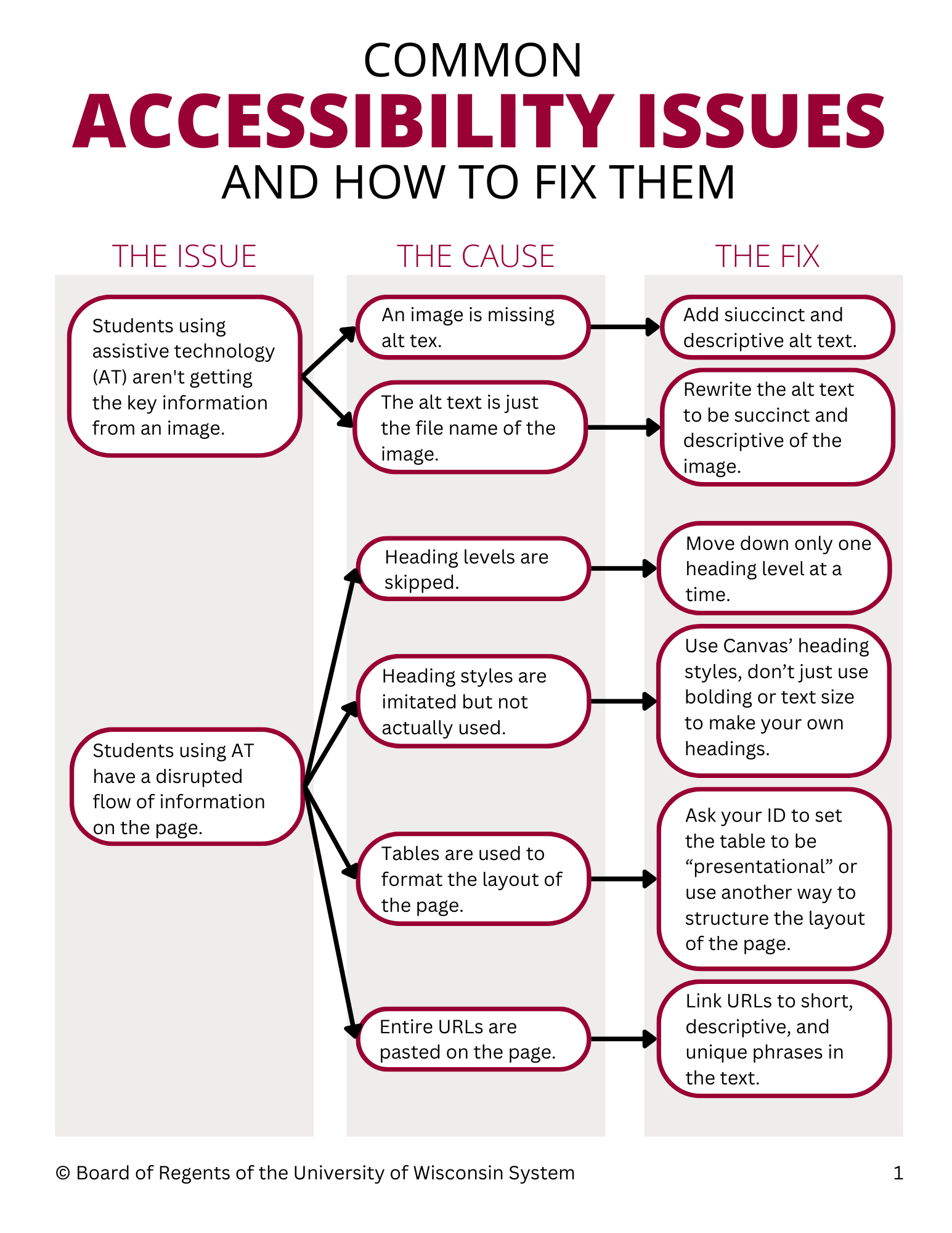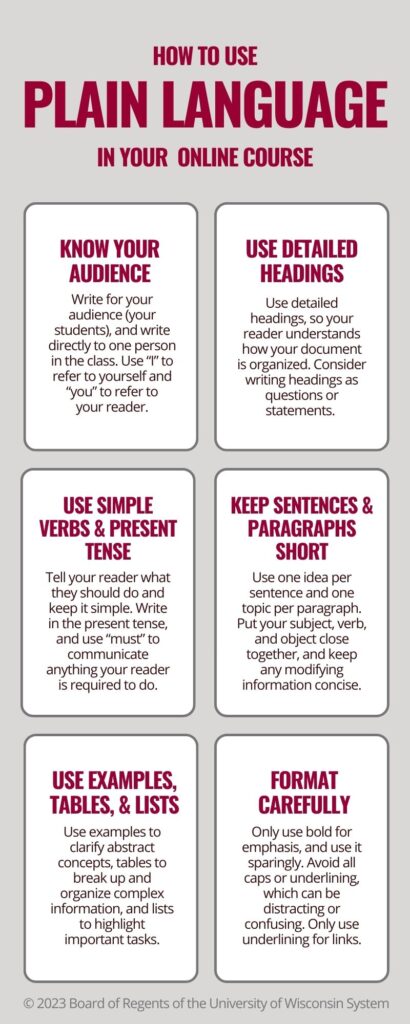With the arrival of ChatGPT and other AI tools during the past year, many faculty have wondered how these tools will change how they teach, and how students should prepare for their future careers.
The UW Extended Campus instructional design team is excited to introduce the Generative AI Course Reflection tool. This resource makes discussing AI tools during course development projects easier and helps you think about how AI will impact your courses.
Using this tool, you will be guided through the backward design process, complete with examples and tips to enhance your students’ learning experience. You will also find suggestions for starting your AI learning journey.
Our goal is for this document to remain valuable well into the future. Each time you use it, you will discover ways to make incremental improvements to your course. For most faculty members, the first step is creating a clear course-level policy that tells students how AI tools can be used in your course.
We invite you to explore the Generative AI Course Reflection tool and incorporate it into your next course development or revision.




